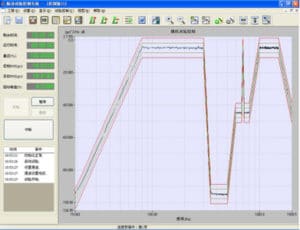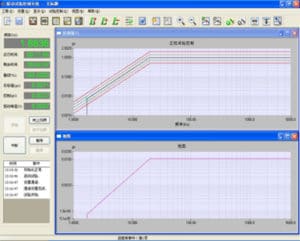The Vibration Test System is a simulation of the various environments encountered in the manufacturing, assembly, transportation and use phases of execution. It is primarily used to identify the ability of a product to withstand environmental vibrations.
Application
The Vibration Test System is a simulation of the various environments encountered in the manufacturing, assembly, transportation and use phases of execution. It is primarily used to identify the ability of a product to withstand environmental vibrations. It is suitable for research, development, quality control and manufacturing of electronics, electromechanical, optoelectronics, automobile locomotives, toys and other industries.


Standards
- IEC 62133-2017
- ECE R100
- UL 1642
- UN 38.3
Technical Parameters
| Model |
HMBEEV203 |
| Rated Sine Excitation Force |
3000 N |
| Rated Random Excitation Force |
3000 N |
| Shock Excitation Force |
6000 N |
| Frequency Range |
5-4,000 Hz |
| Max. Displacement |
25mm |
| Rated Speed |
2 m/s |
| Rated Acceleration |
500 m/s2 |
| First-order resonant frequency |
2,900 Hz±5% |
| Max. Loading |
100 kg |
| Vibration Frequency |
3 Hz |
| Working Table Diameter |
Ф150 mm |
| Moving Parts Equivalent Weight |
2 kg |
| Dimension |
L764×W530×H660 mm |
| Single Vibration Table Weight |
Approx. 480kg |
| Cooling Method |
Forced air cooling |